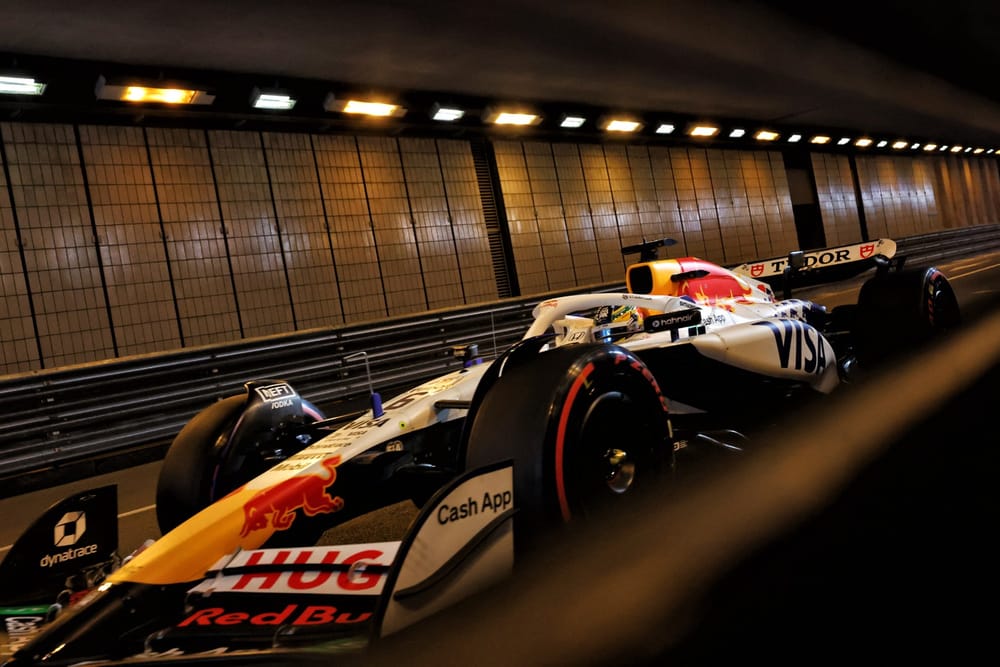Up Next

Pirelli’s experimental new soft Formula 1 tyre, the C6, is likely to be very different for 2026 as this year's C6 won't be brought to one of the venues it was initially designed for.
Pirelli has now revealed its tyre compound choices for all of the remaining races this season.
But the softest tyre in its range, the new-for-2025 C6 tyre, which was introduced to spice up strategy on low energy street circuits, will only appear once more this season in Baku, having been used at Imola, Monaco and Montreal.
It won’t appear on the Singapore and Las Vegas street tracks, with a selection of C3-C4-C5 chosen for those two circuits.
Singapore had seemed unlikely for some time, given that track can be quite aggressive on tyres, but Las Vegas, with its usually cooler conditions, remained a possibility.
However, now Pirelli has ruled against bringing the C6 to Las Vegas, having analysed the data from the C6’s three weekends so far.
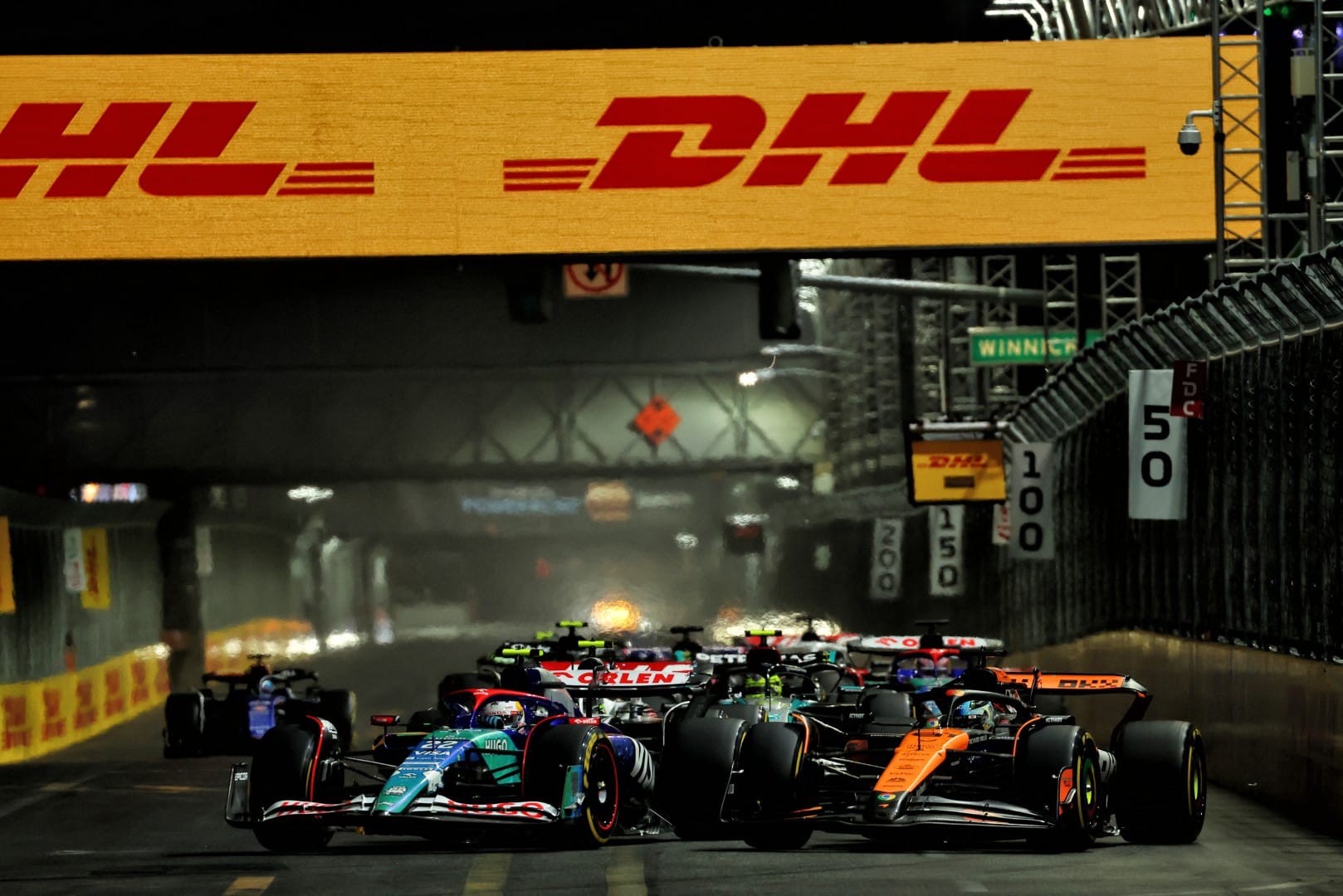
“For Vegas, we decided to keep the same allocation as last year [C3-C4-C5],” Pirelli chief engineer Simone Berra said.
“The initial idea was to bring the C6, but then considering the analysis of the first part of the season, where we used the C6, we do think C6 could suffer more with the graining in Vegas.
“It really doesn’t give any additional interest in the race because it was already between a one- and two-stop race. So it was already a good racing, we’ve had good racing in Vegas in last couple of races. There was no reason to bring the C6.
“If the track would be in more suitable conditions in terms of grip level - but we know when we’re there, there’s a lot of sand, dust, etc. And if it generated less graining, then C6 could work quite well because temperatures are pretty low and the working range of the C6 goes into this direction.
“But the point is there no reason to risk a really high wear rate on the C6 or to use the C6 and generate a high level of graining.”
Changes for 2026
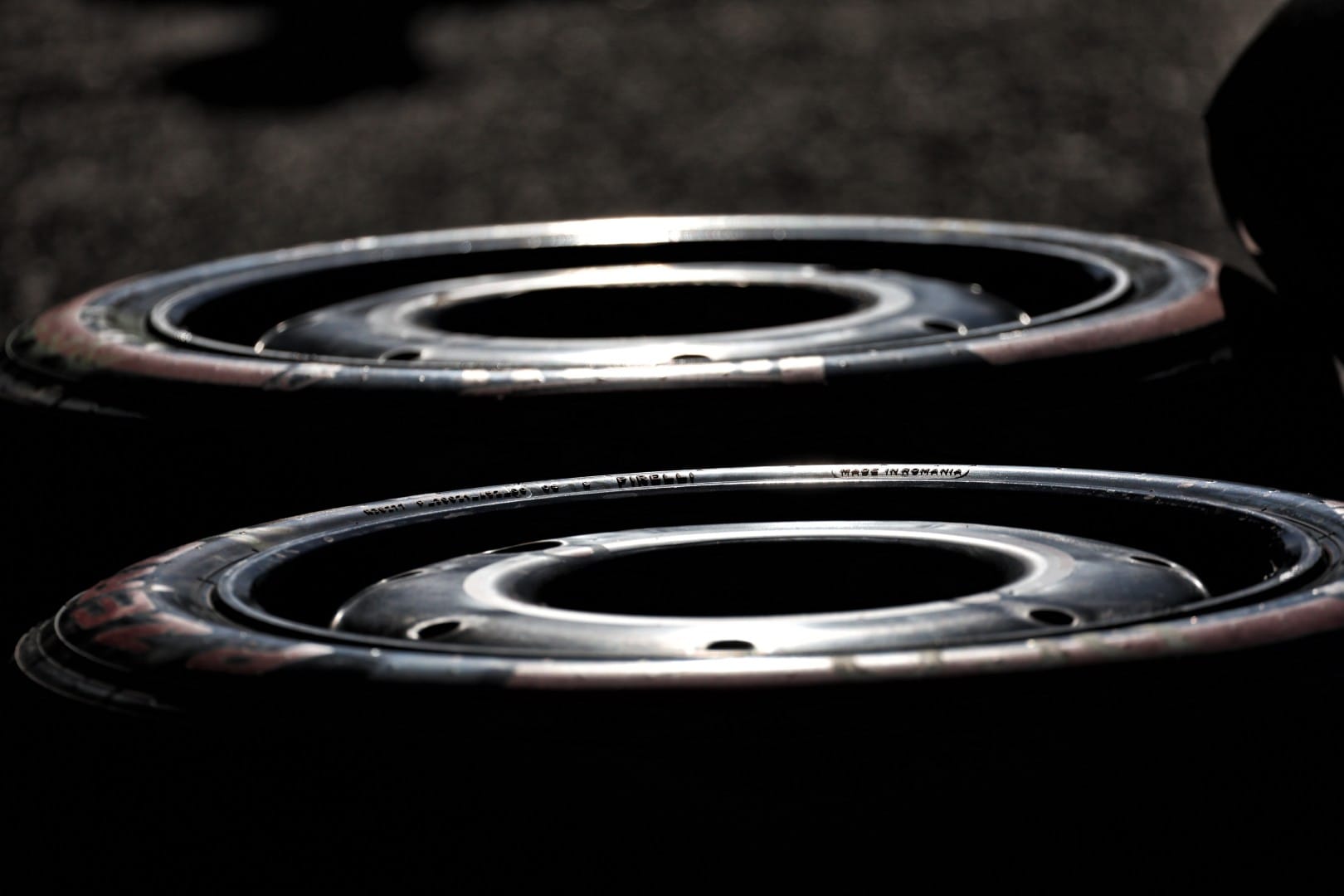
Pirelli is, of course, developing new tyres for the brand-new 2026 cars that have a reduced front width of 25mm compared to the current rubber, with the rears 30mm narrower.
But the C6 compound in particular is likely to be very different from this year’s, which has produced tricky to extract the peak from over a single lap, with some teams electing to instead use the harder C5 tyre for their crunch qualifying laps.
“We’re working on having a C6 in the range again [for 2026],” Berra added.
“The point is we don’t want to have a C6 like this year where it’s difficult to extract the peak of grip, etc.
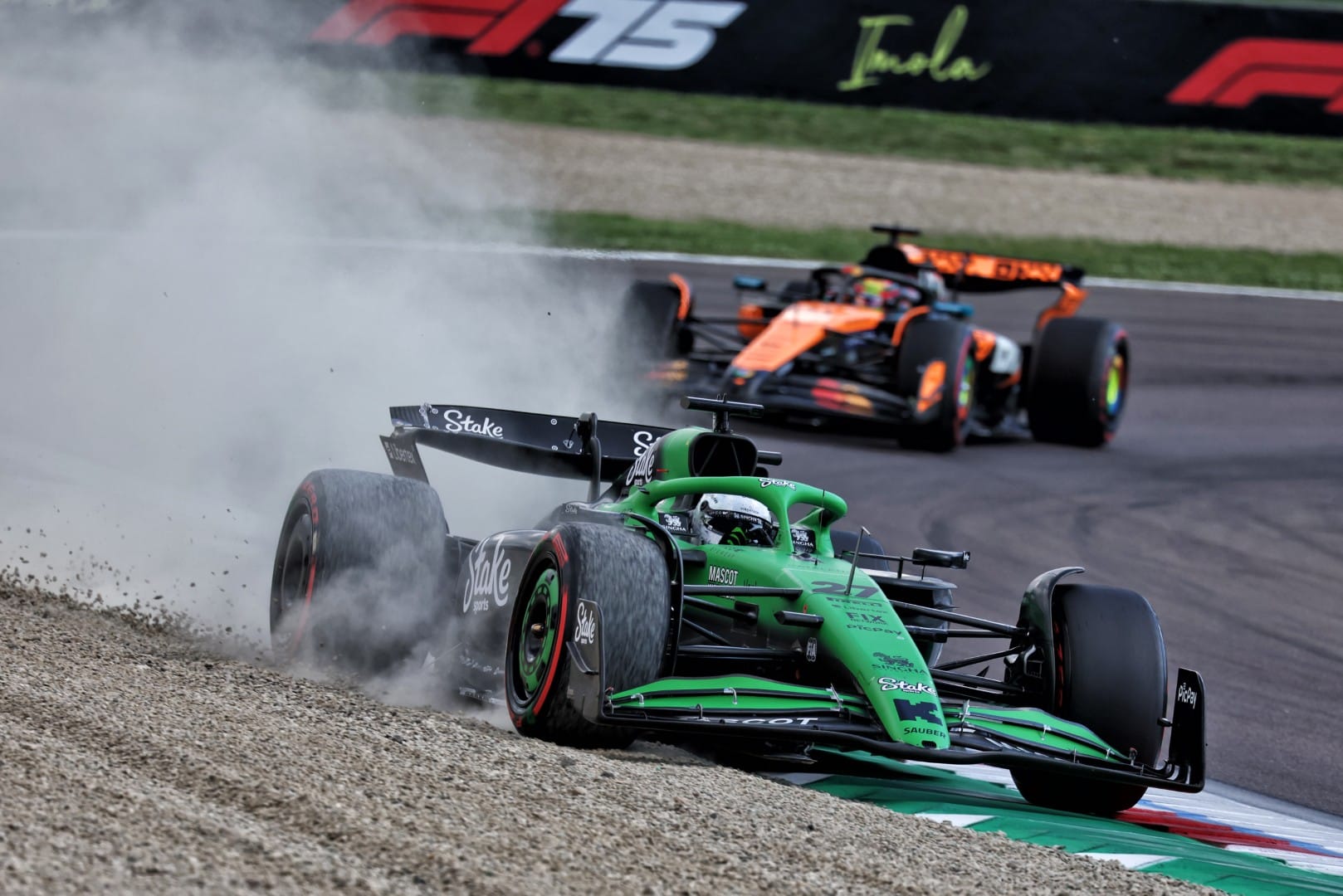
“So the idea is to have a proper delta laptime [between the C5 and the C6] and an easier tyre to manage on performance runs, but still good tyres for low-energy circuits.
“For sure if we’re going to validate a C6 compound, C6 will be the best candidate for Monaco.
“We will see, at the moment we’re not focussed on a specific race, we are working more to reach our targets in terms of degradation.”
Compound skipping returns
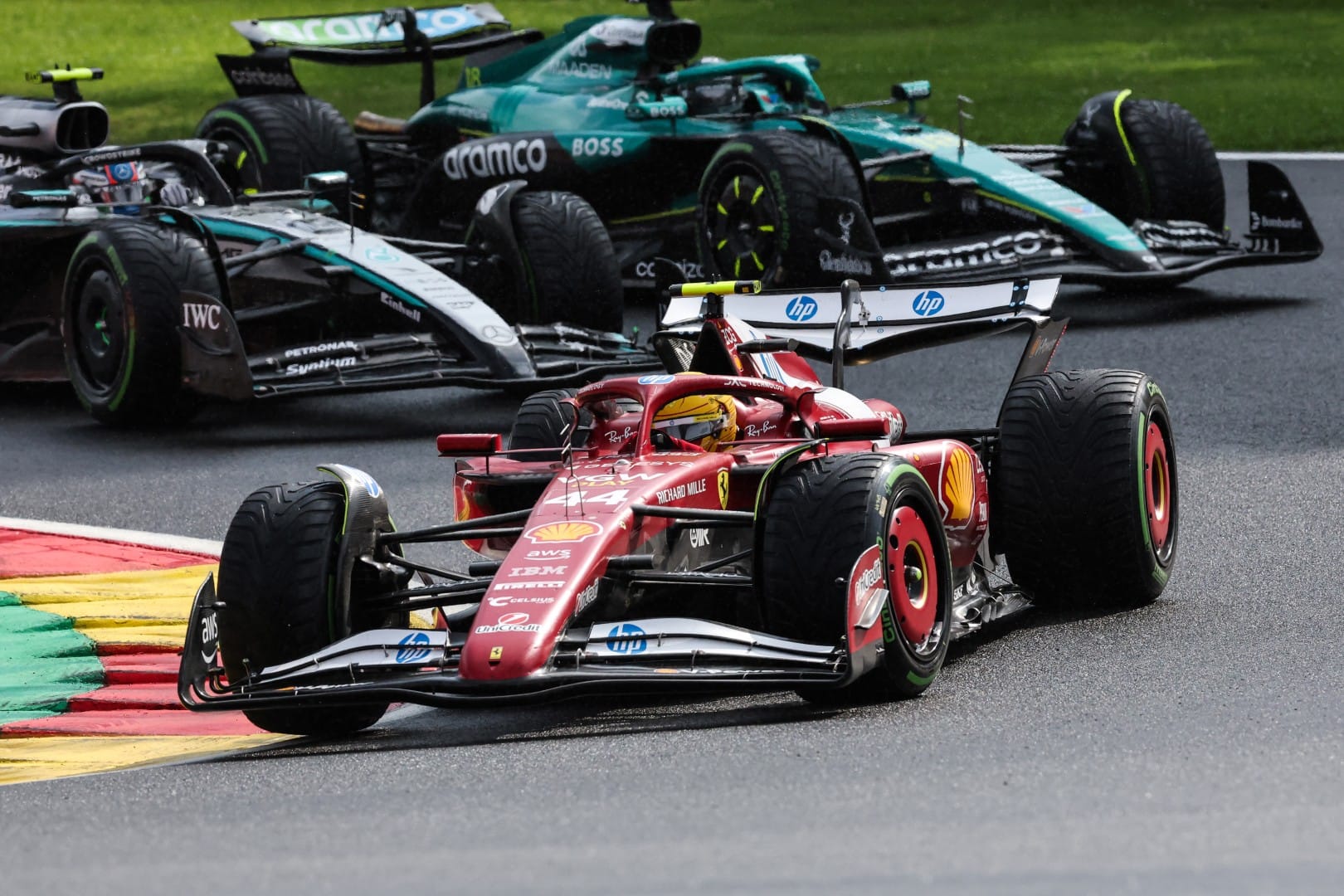
Just as it did at the Belgian Grand Prix, Pirelli will skip a tyre compound for both Austin (C1-C3-C4) and Mexico City (C2-C4-C5) with a step between the hard and medium option.
This is in a bid to introduce more strategic variety.
PIrelli’s experiment at Spa did provide an interesting contrast between the McLaren drivers at the front of the field, with second-placed Lando Norris throwing on the hards (C1) in a bid to chase down race-leading team-mate Oscar Piastri on the mediums (C3).
In the end, graining on a resurfaced Spa circuit was far less than Pirelli anticipated and the C1 performed better than expected. Plus there was rain at the start of the race, which made drawing conclusions about its success difficult.
“It’s difficult to come to a conclusion for Spa, where we had the weather that was not helping at all,” Pirelli’s Mario Isola explained.
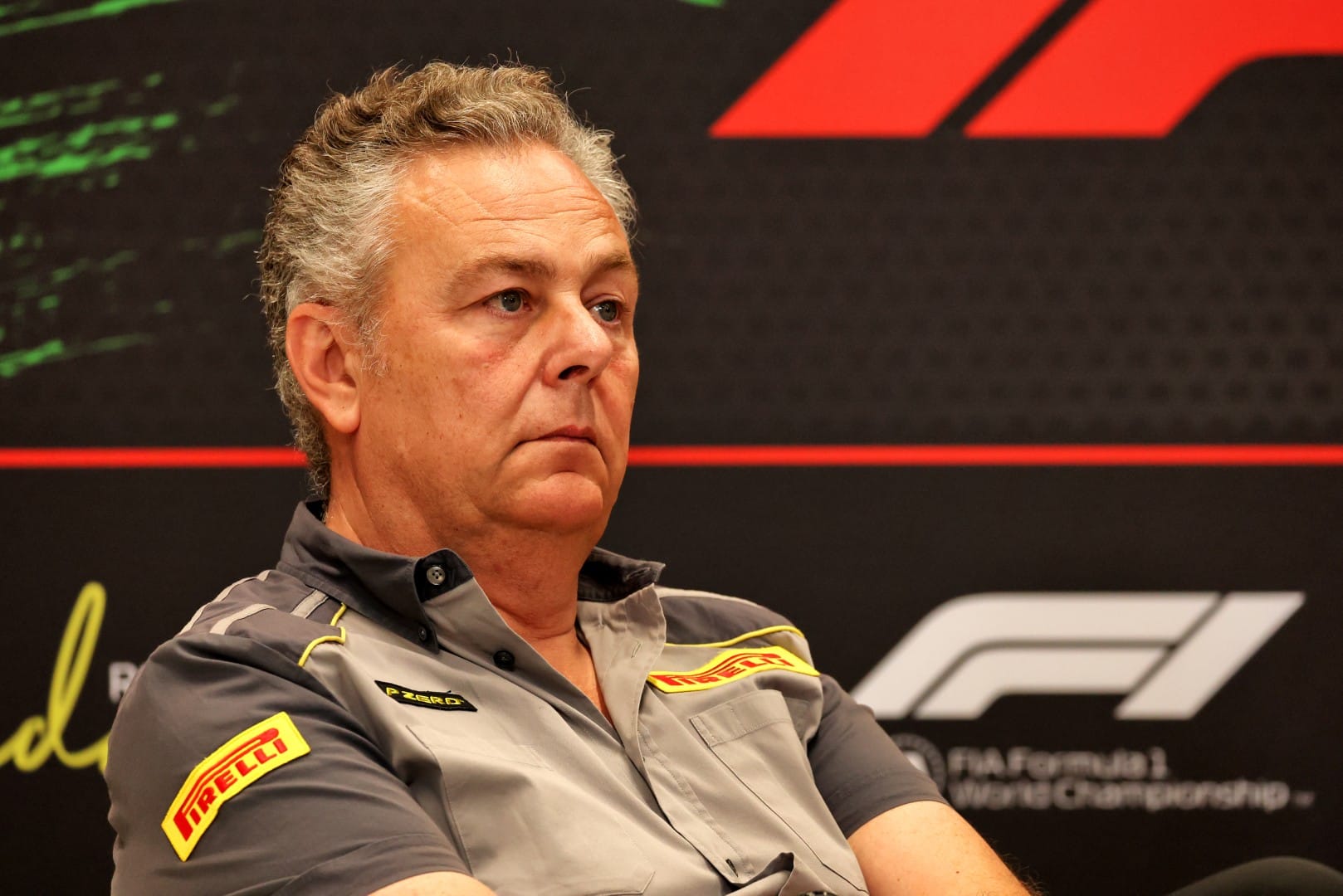
“But I believe the idea was good, and that's why we decided to have the same approach for Texas and Mexico - where we skip a compound between hard and medium.
“Basically, the target is always the same: to have a variation in strategies and to have teams planning a one-stop or two-stop, so different approaches to the race.
“We made some simulations, and we believe that creating a bigger gap between the hard and the medium means that if one team wants to use the hard and target a one-stop race, they are penalised by a slower tyre, while if a team wants to be aggressive, but that means moving to a two-stop strategy, at that time you can use the medium and the soft that are faster.
“So, this is the approach. For Mexico and Austin, we believe we can try this solution again.”
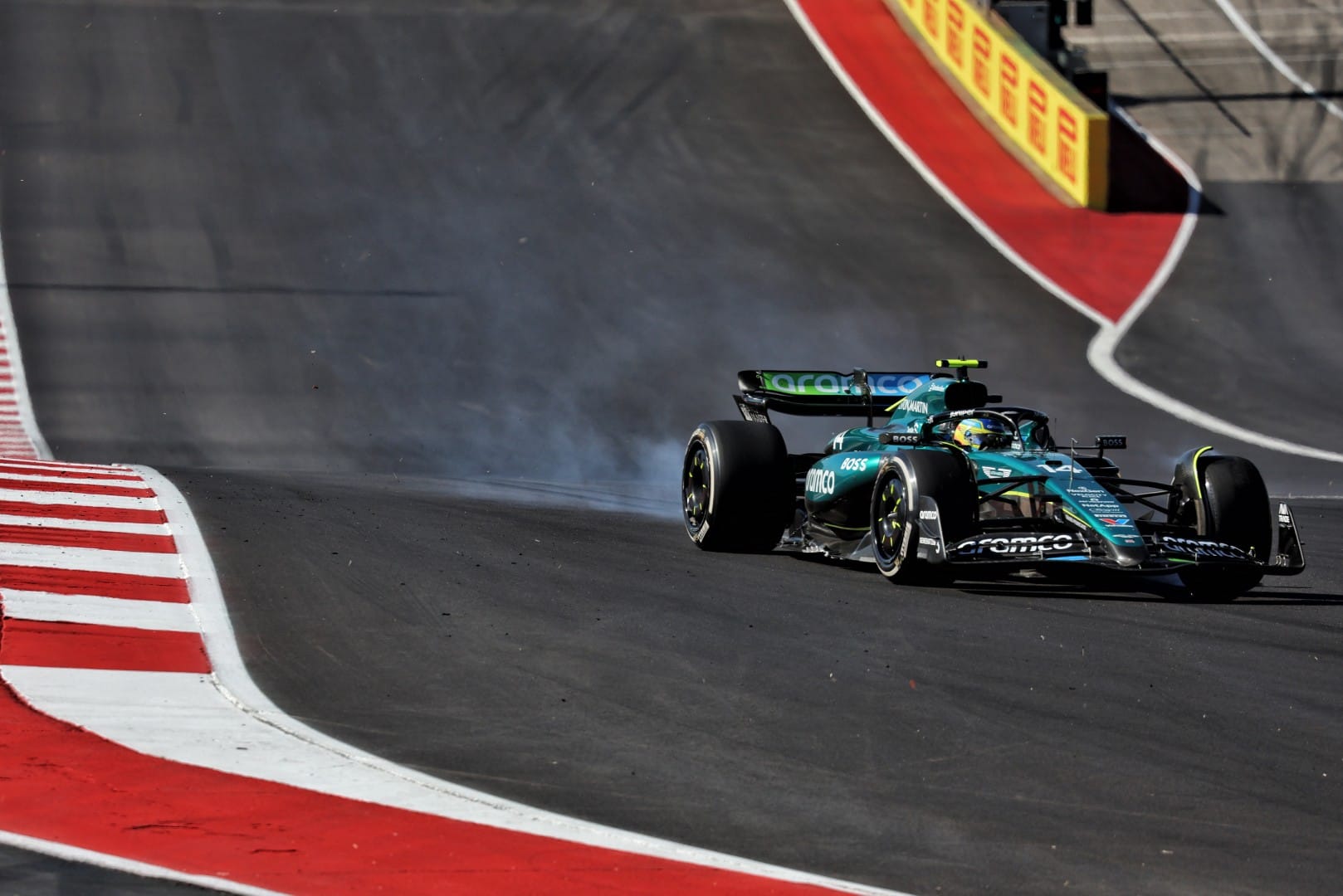
So why pick Austin and Mexico for the experiment?
“Because of the simulation we were running with our modelling department that is telling us the two-stop strategy is slightly quicker than the one-stop,” Isola explained.
“Usually, if you have a one-stop and two-stop that are very close in terms of total race time, the teams choose a one-stop. They don't want to take a risk of an additional pitstop, traffic or a mistake during the stop. So, they move in a natural way towards a one-stop race.
"In Mexico and Texas we have a simulation telling us the two-stop is a few seconds quicker.
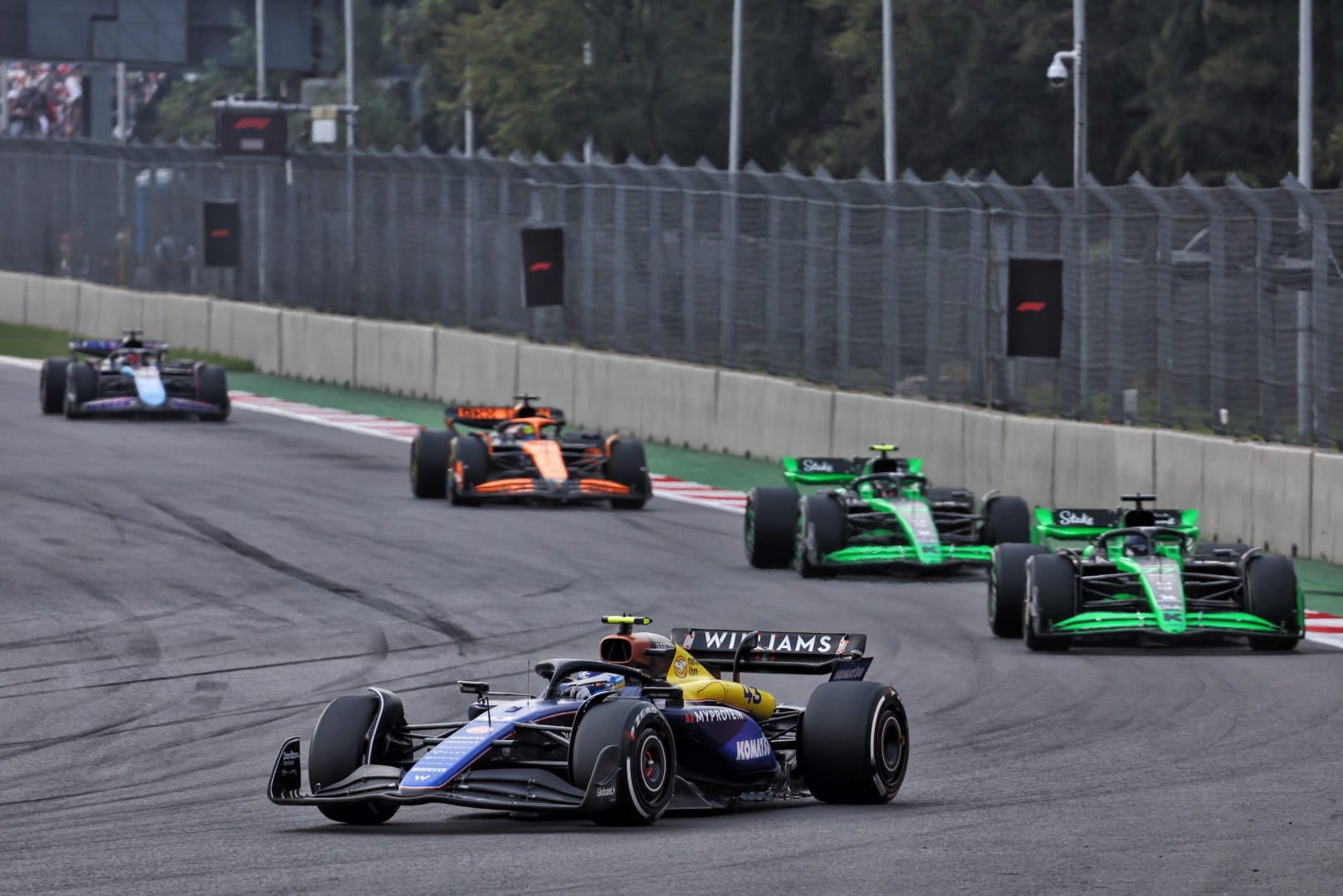
“In some other races, we have also decided to change the allocation: we go softer in Baku, we go softer in Zandvoort without skipping one compound, just moving one step softer, while we decided to go one step harder in Brazil, because last year Brazil was with the C3, C4 and C5, and the C5 was not used during the race.
“The target is to have all three compounds suitable for the race, not just two out of three. With Brazil, we want to come back one step.”


